Your cart is currently empty!
Springing Ahead

Spring work is going on with joyful enthusiasm.
– John Muir
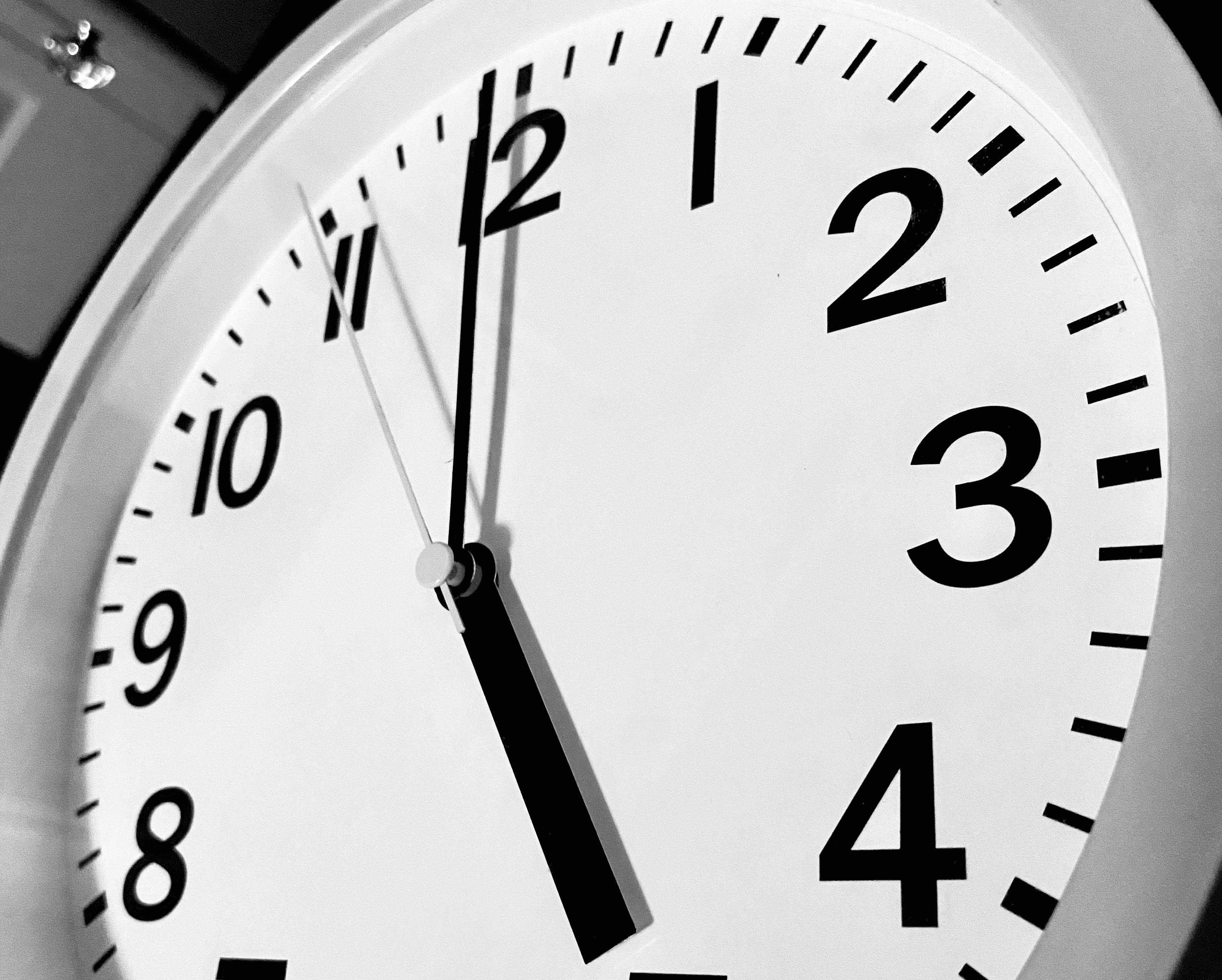
Did you know that you’re more likely to have a heart attack, stroke, or automobile accident on the first Monday following the spring time change?
It’s true! Apparently we have a hard time adapting to that artificially influenced change in our schedule. It severely throws off our body’s natural internal clock. Sometimes that unsettling of our circadian clock can have disastrous results.
It’s a sobering fact. But not one to get hung up on unnecessarily (we are still all here, after all). And while, for now, the spring change to Daylight Savings Time in Northeast Ohio remains unavoidable, we prefer following a different schedule.
Mother Nature gently guides us through the changing of seasons.
For example, I recall just a few months ago I was excited to see the arrival of Dark -eyed Juncos to the dormant flower beds just outside our front door.


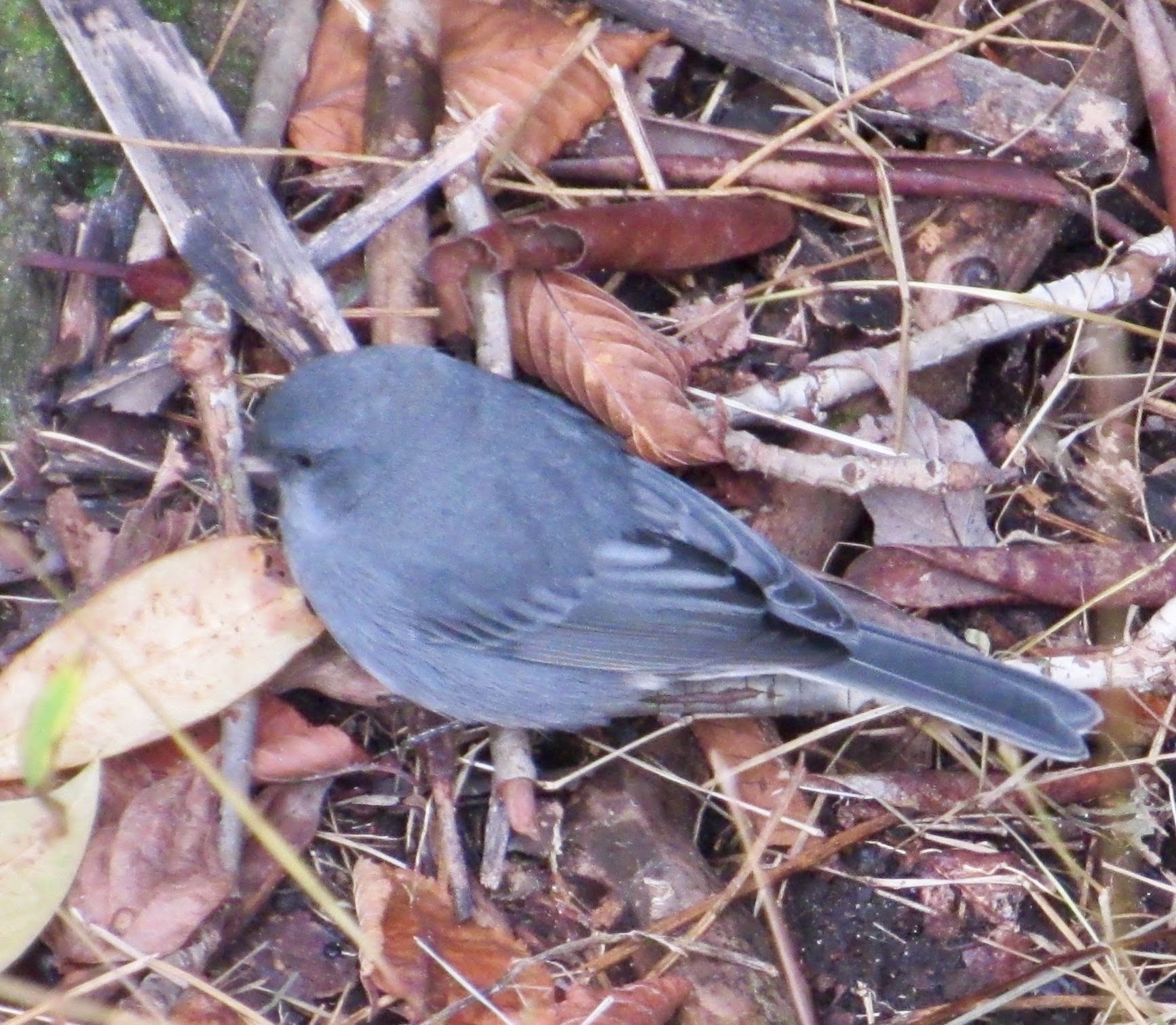
Dark-eyed Juncos summer high up across Canada’s provinces, but will follow the cool arctic air further south in the winter months. These Juncos have always signaled the onset of winter for me. A natural form of time telling.
Sure enough, if I look back I recall that they first appeared back in the second or third week of December. Right about at the time of the Winter Solstice. They’ve flitted about our walk in the months since, sheltering in the cover of the Fortune’s Spindle shrub near our front step. And while this served as one of the mildest winters that I can remember, the junco’s are always a welcome reminder that it is still winter.
But the juncos’ time is now waning. March 20th was the Vernal Equinox, signaling the end of the northern hemisphere’s winter. The circuitous path of the sun has begun to move north of the Equator. Now, as we head towards summer, the days grow longer and we can expect to welcome the warmer weather of our spring.
The juncos will return to their northern breeding grounds. Summering in the cooler north.
But just as the juncos prepare to leave nature has signaled that the spring work has already begun! For the arrival of two other birds heralds the coming of spring.
The first was so subtle this year, we did not notice its arrival until reviewing the videos of our chicken tractor build. But there, in the ambient background noise of the video, could be heard the telltale “ku-kurr-rhee” of the Red-winged Blackbird.


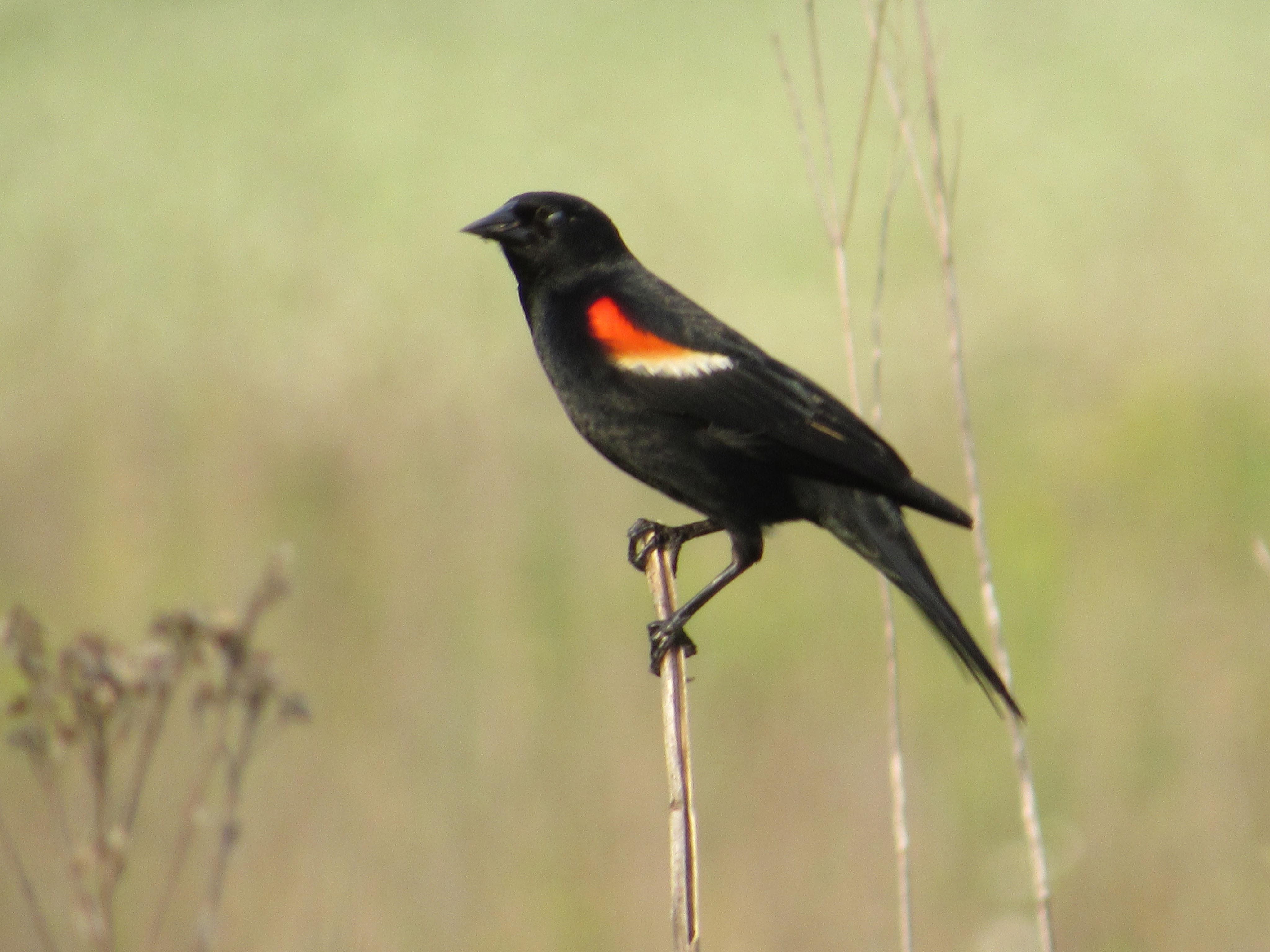
Despite the bold red and yellow shoulder patches of males, the Red-winged Blackbirds can be easily missed as they travel in large flights of European Starlings, Rusty Blackbirds, and Common Grackles. However, their unique call is easily recognizable and a sure sign of the coming of spring.
Surprisingly these blackbirds may reside in Northeast Ohio all winter long, but it is not until they begin to stake out their territory and call for mates that we hear their spring song.
The other telltale spring bird for us is the Turkey Vulture. No call signals their return, however. Rather their large silhouettes begin to cloud the skies in the month of March. It is not unusual to see the shadows of these scavengers send the chickens running for cover while mistaking the hapless Turkey Vulture for a more predatory hawk.
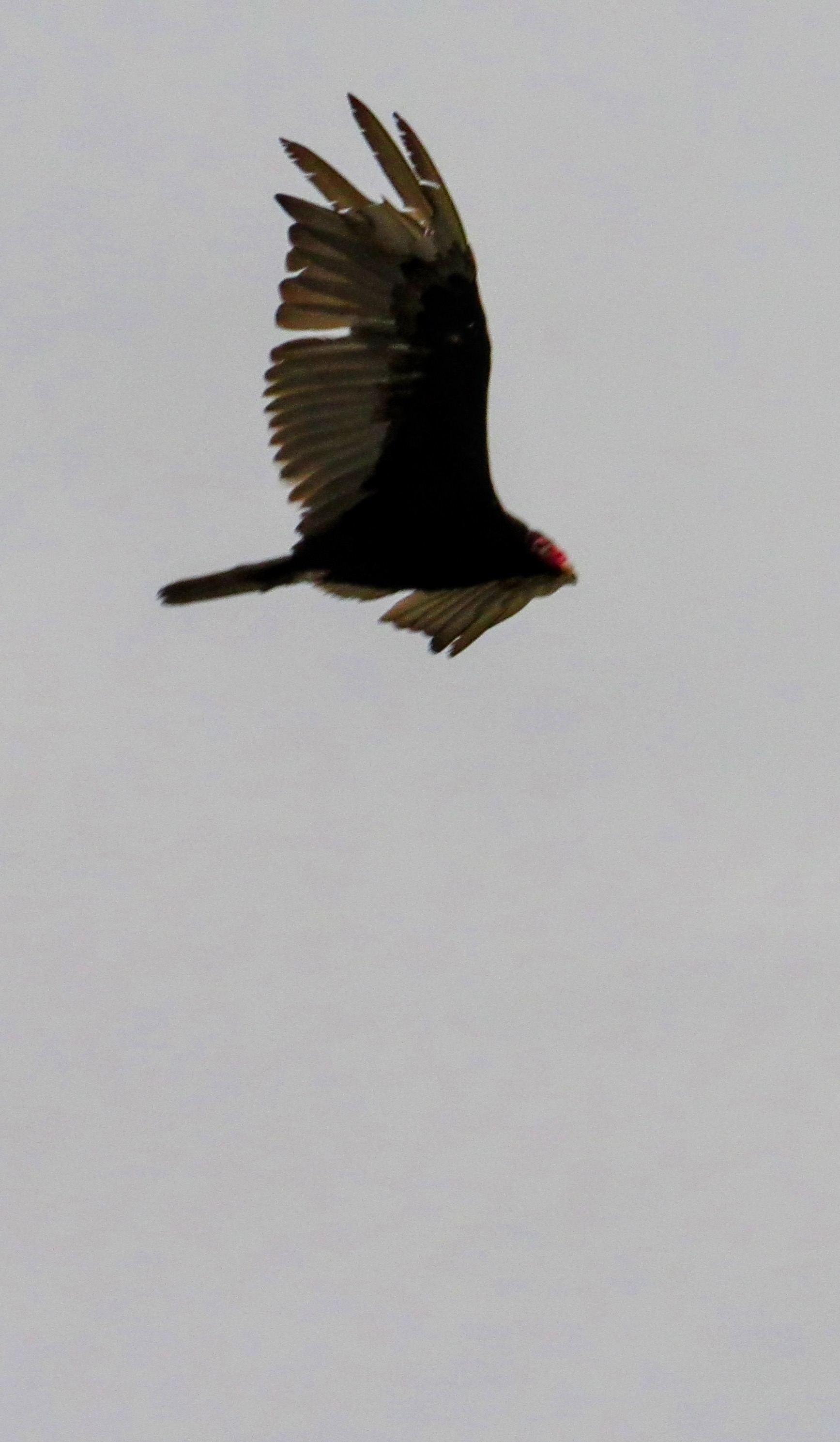


While certainly not as photogenic as the Red-winged Blackbird (even the diversity-loving Darwin thought that they were ugly), these scavenging decomposers are another sure sign that warmer weather is on the way.
All around the homestead the natural way of time telling signals the enthusiasm for spring work as forecasted in Muir’s quote.
The chickens have read the signs and responded. Our egg production, as low as three a day back in January, has now reached nearly a dozen eggs per day as we enter the third week of march.

Bulbs, long dormant underground, have woken up. Their green appendages reaching up through the slowly warming spring soils.


And in our basement, seedlings respond to the warm earth and artificial light that spurs their growth in anticipation of their eventual transplanting into our waiting garden beds.
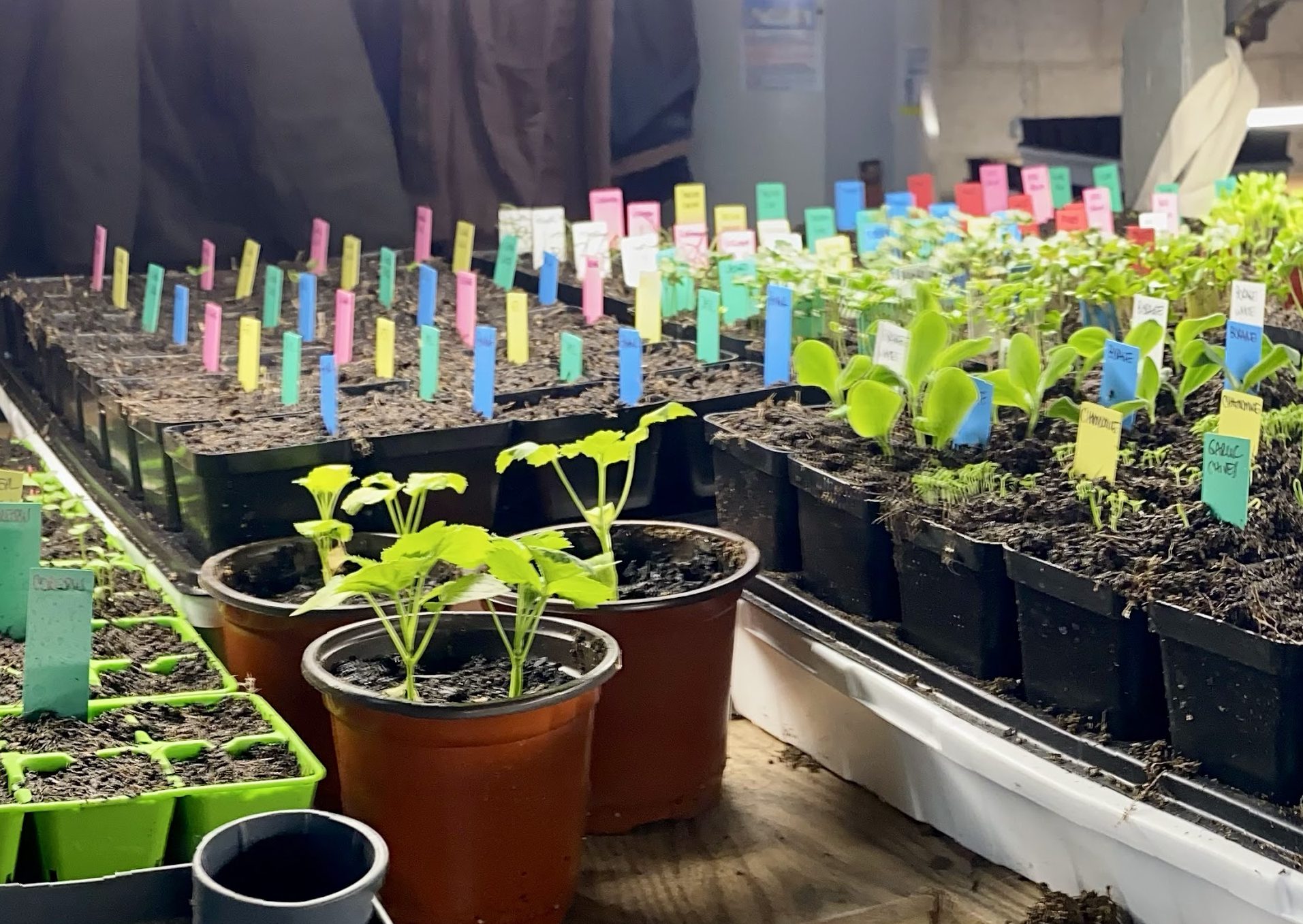


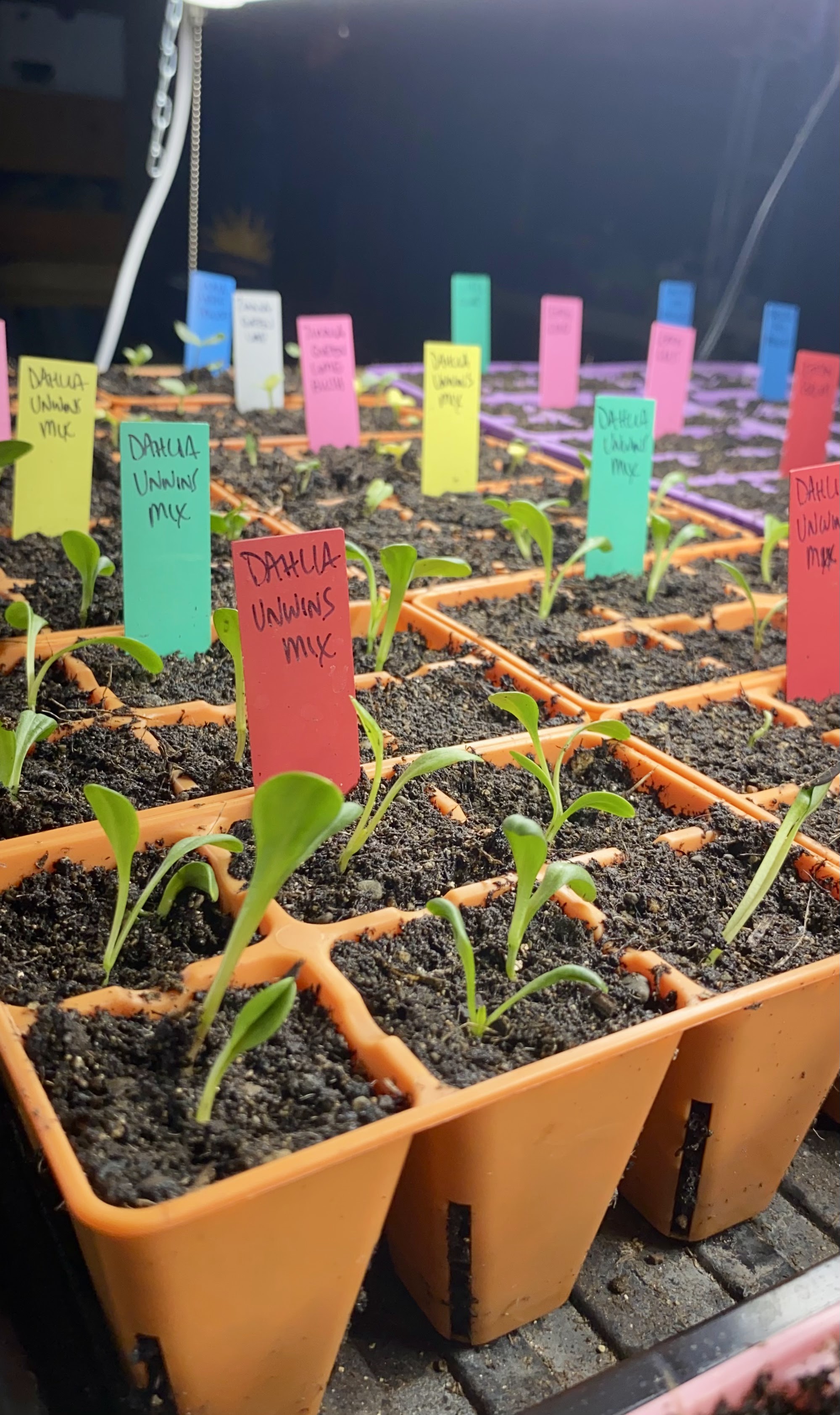


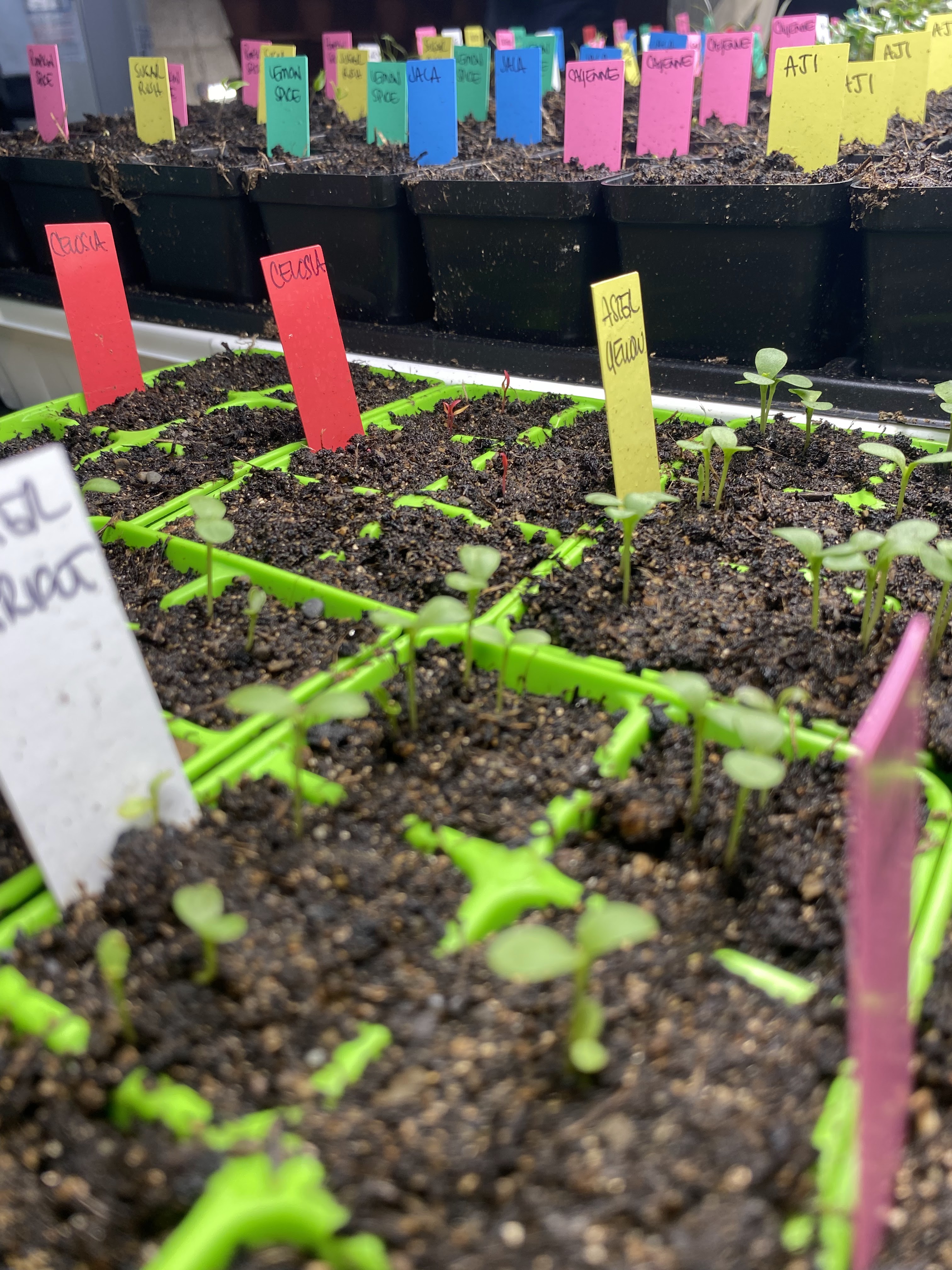

So, yes. Spring work is going on with joyful enthusiasm all throughout the homestead. Our way of natural time telling lets us know that the time of rebirth and new growth is at hand. We’re excited for all that the coming season shall bring.
What signals the coming of spring to your homestead? Please share with us your signs of spring and the enthusiasm you hold for the coming season!